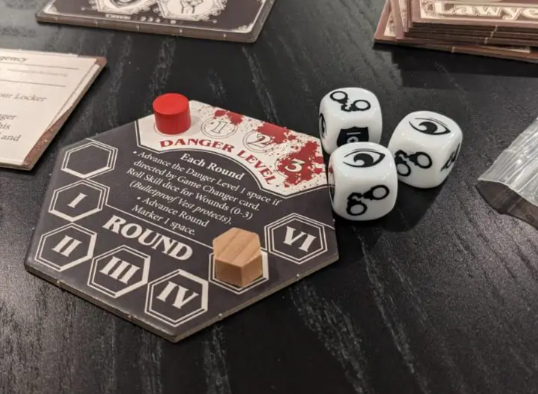las vegas casinos online gambling

car game in free
# 27 Cards Rummy Rules
## Introduction to 27 Cards Rummy
p: 27 Cards Rummy is a popular variation of the traditional rummy card game played with a standard deck of cards. It not only challenges players' skills in card management and strategy but also requires them to engage in analytical thinking and social interaction. Unlike the more commonly played 13 cards rummy, 27 Cards Rummy raises the stakes and enhances the excitement, making it a favorite among rummy enthusiasts.
## Objective of the Game
p: The main objective of 27 Cards Rummy is to form valid sets and sequences using the 27 cards dealt to each player. A player aims to meld their hand by grouping cards in sets of three or more of the same rank or forming sequences of three or more consecutive cards of the same suit. The game encourages players to think critically about their plays while keeping track of the opponents’ moves.
## Equipment Required
p: To play 27 Cards Rummy, you need a standard deck of cards, ideally two decks combined to accommodate more players and to ensure there are enough cards for gameplay. Additionally, score sheets, pens, and a pencil may be helpful for keeping scores accurately throughout the session. A comfortable playing space is also important for a smooth game experience.
## Number of Players
p: The game can be played by 2 to 6 players, making it versatile for both small and large groups. The number of players can significantly affect the dynamics of the game and the strategies employed. More players lead to higher competition but also provide more potential opportunities for strategizing based on other players’ actions.
## Dealing the Cards
p: The game starts with each player receiving 27 cards. The remaining cards form the stock pile, and the top card is flipped over to begin the discard pile. Players should keep their hands concealed from each other to enhance the challenge of the game. The player sitting to the dealer's left typically has the first turn.
## Understanding Sets and Sequences
p: In rummy, a 'set' consists of three or more cards of the same rank but of different suits, while a 'sequence' consists of three or more consecutive cards of the same suit. Proper understanding of these two formations is crucial as they determine players’ success during the game. Players can meld cards in their hands to create these formations and reduce their remaining unmatched cards.
## Gameplay Mechanics
p: Gameplay in 27 Cards Rummy follows a specific turn order. On each turn, players must pick a card from either the stock or discard pile, followed by discarding a card. The goal is to create as many valid sets and sequences as possible before another player can go out. When a player feels they can form a valid hand, they can declare "Rummy."
## Discarding Rules
p: Discarding cards is a critical aspect of 27 Cards Rummy, as it not only helps players with their hand but also plays a strategic role in hindering opponents. Players must discard only one card per turn, ensuring that it is not one that forms a group with the opponent's cards unless it strategically aids their gameplay. Being clever with discards can lead to surprising victories.
## Going Out and Winning the Game
p: A player wins the game by successfully melding all of their cards into valid sets and sequences, thereby declaring themselves "out." However, players must ensure that they have met the specific requirements of the game in order to win. After a player goes out, points are recorded to determine the overall winner if the game consists of multiple rounds.
## Scoring in 27 Cards Rummy
p: Scoring in 27 Cards Rummy typically involves counting points based on the cards left in the opponents’ hands once someone goes out. Unused cards generally carry point values where face cards are worth 10 points, number cards are worth their face value, and aces can be worth either 1 or 15 points depending on house rules. Tracking scores is essential for determining the ultimate winner after concluding multiple rounds.
## Strategies to Enhance Your Gameplay
p: Strategy plays a vital role in 27 Cards Rummy, as players must constantly evaluate their own hands against those of their opponents. Keeping track of what cards have been discarded, anticipating moves, and making strategic decisions about which cards to keep or discard can turn the tide of the game. Additionally, players can take advantage of their own and opponents' melds to gain maximum benefit from their turns.
## Common Variations of the Game
p: Like many card games, 27 Cards Rummy has various local and regional variations. Some players might use different rules regarding the number of cards dealt, scoring variations, or unique house rules. It’s essential to clarify any variations before starting a game to ensure all players are on the same page and to prevent confusion regarding gameplay.
## Importance of Social Interaction
p: 27 Cards Rummy is not just about individual skill; it’s also about having fun and engaging socially with fellow players. The game encourages conversation, laughter, and strategic discussions that enrich the experience. Players often develop camaraderie and rivalry that adds excitement to their gameplay and makes the overall experience memorable.
## Conclusion
p: 27 Cards Rummy is a thrilling card game that combines strategy, skill, and social interaction, making it an engaging choice for gatherings with friends or family. By following the rules and understanding the intricacies of gameplay, players can enjoy hours of fun and competition. Whether you are a seasoned player or new to the game, the strategies and dynamics of 27 Cards Rummy ensure excellent entertainment and challenge alike.
jeux de soccer,dress to impress default skin color,plinki balls
home clicker,play solitaire online free


